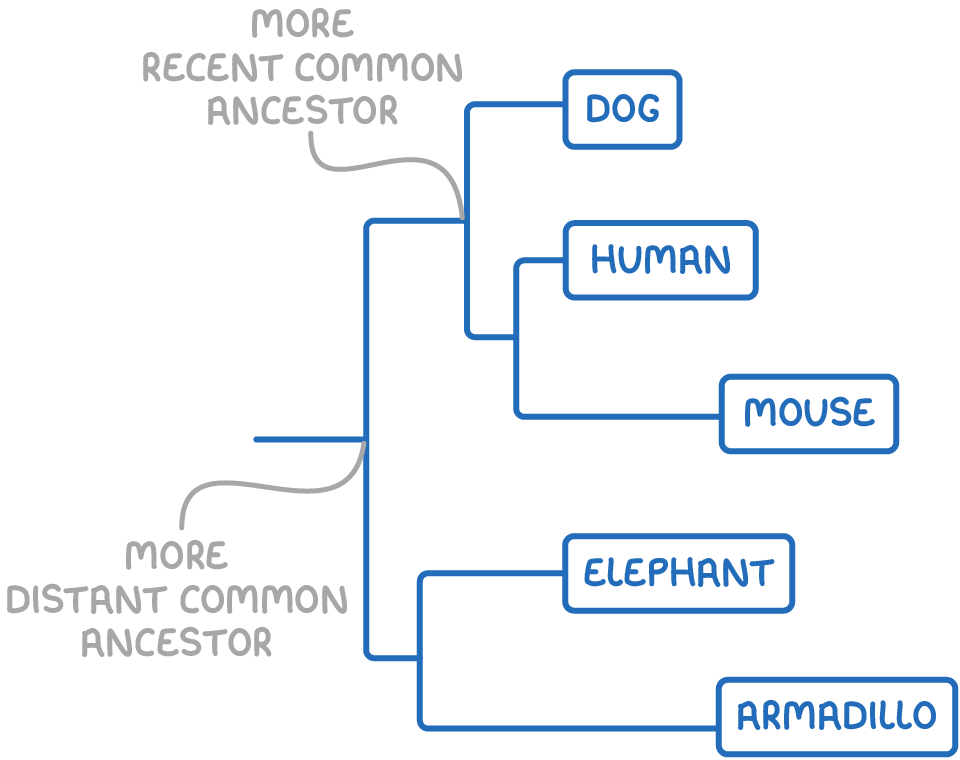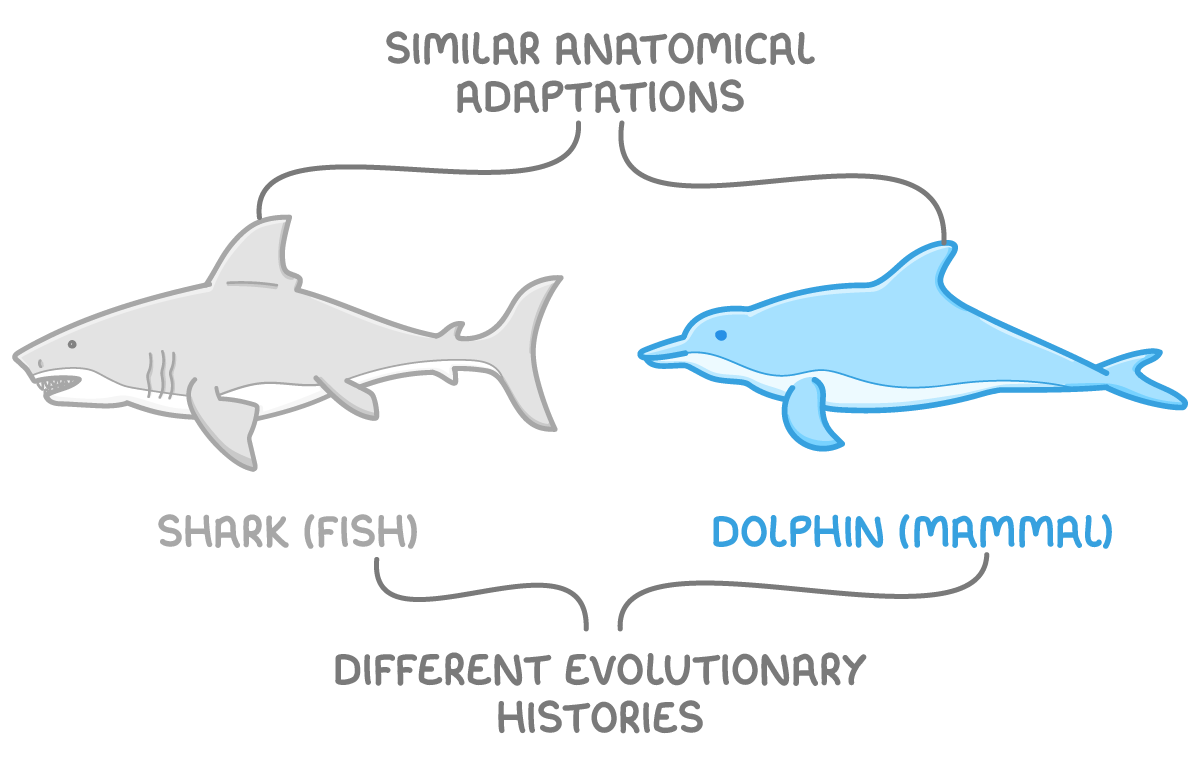Phylogeny
This lesson covers:
- Courtship behaviours
- Using phylogenetics to study evolutionary histories
- Limitations of classification and evidence for phylogeny
Courtship behaviours and classification
Courtship behaviours help animals attract mates through displays and signals that are species specific.
This provides various benefits:
- It enables recognition of same species, leading to successful mating, production of fertile offspring, and raising of offspring.
- It prevents wasteful interspecies breeding.
- It maximises chances of successful reproduction, like in species where females only produce egg cells at specific times to determine if the female is at the receptive stage for mating.
Behaviours like flashing light patterns in fireflies or butterfly chemical signals display uniqueness to species that only the correct species respond to.
Phylogeny
Phylogenetic classification is based on evolutionary relationships between organisms and their ancestors, classifying species into groups. It reveals how closely related organisms are.
Advantages of phylogenetic classification:
- It produces a continuous tree that doesn't force organisms into specific taxonomic groups where they don't quite fit.
- There is no overlap between the groups produced.
Phylogenetic trees

Phylogenetic trees map evolutionary relationships between organisms and their histories:
- The relative positions of branching points show distance of shared common ancestors.
- The relative distances between vertical lines shows closeness of species' evolution from common ancestral branches.
- The proximity of species to each other indicates the closeness of their evolutionary relationship.
So, phylogeny indicates lines of descent and divergence over time. The oldest species is shown at the base (left) of the tree above, while the most recent species are shown at the ends of the branches of the tree (right).
Improved approaches to classification and evidence for phylogeny
Artificial classification groups organisms based on differences that are useful at the time, such as colour, size, number of legs, leaf shape, and so on. Early classification relied only on visible features.

These features can misrepresent true evolutionary relationships. For instance, sharks are fish while dolphins are mammals. They only have similar physical features like dorsal fins because they have independently adapted to the same environment.
Modern taxonomy uses more of the following evidence to determine phylogeny:
- Molecular comparisons - Comparisons between DNA and amino acids in proteins e.g. cytochrome C.
- Development studies - Comparisons of embryonic similarities and differences.
- Anatomical examinations - Comparisons of similarities in species' physical characteristics e.g. from fossils.
- Behavioural analyses - Comparisons of similarities and differences between the behaviour of species.
New technologies continue advancing these investigations of relationships between species over time.